Special Report
Next Generation Technology That Could Soon Be in Every Car

Published:
Last Updated:

Recent decades have been exciting in the auto industry. From the rise of electric cars to the coming wave of driverless transports, the future of mobility has been — and remains — a hot topic.
Vehicle technology has made such leaps recently that even cars produced just a decade ago can seem quaint. With their key-based ignition systems, CD players, and lack of rear-view cameras and dashboard touch screens, they might be even compared to many of the worst cars made today.
Technologies that existed recently only in high-priced cars have trickled down into popular mass produced vehicles. Meanwhile, newer innovations — such as sophisticated radar and camera systems that enable semi-autonomous driving features — are still in development stages or just starting to appear in some luxury cars.
So what will a car of the future offer?
It is difficult to tell precisely, but there are hints about the future in auto shows and when reviewing automakers and by reviewing automakers and suppliers research and development centers. Such developments include advanced vehicle-to-vehicle data relays that will improve car safety, smaller and more affordable sensors that will give cars more “eyes” into the surrounding environment, and even smart innovations to one of the least interesting parts of a car: its tires.
We cannot predict when (or if) robotic cars will take over the road, nor can we accurately say when the status of certain technologies will change from novel and expensive to standard and affordable. We do, however, have a good sense of some vehicle features.
The changes in the way we drive are part of a series of emerging technologies that will change the way we live.
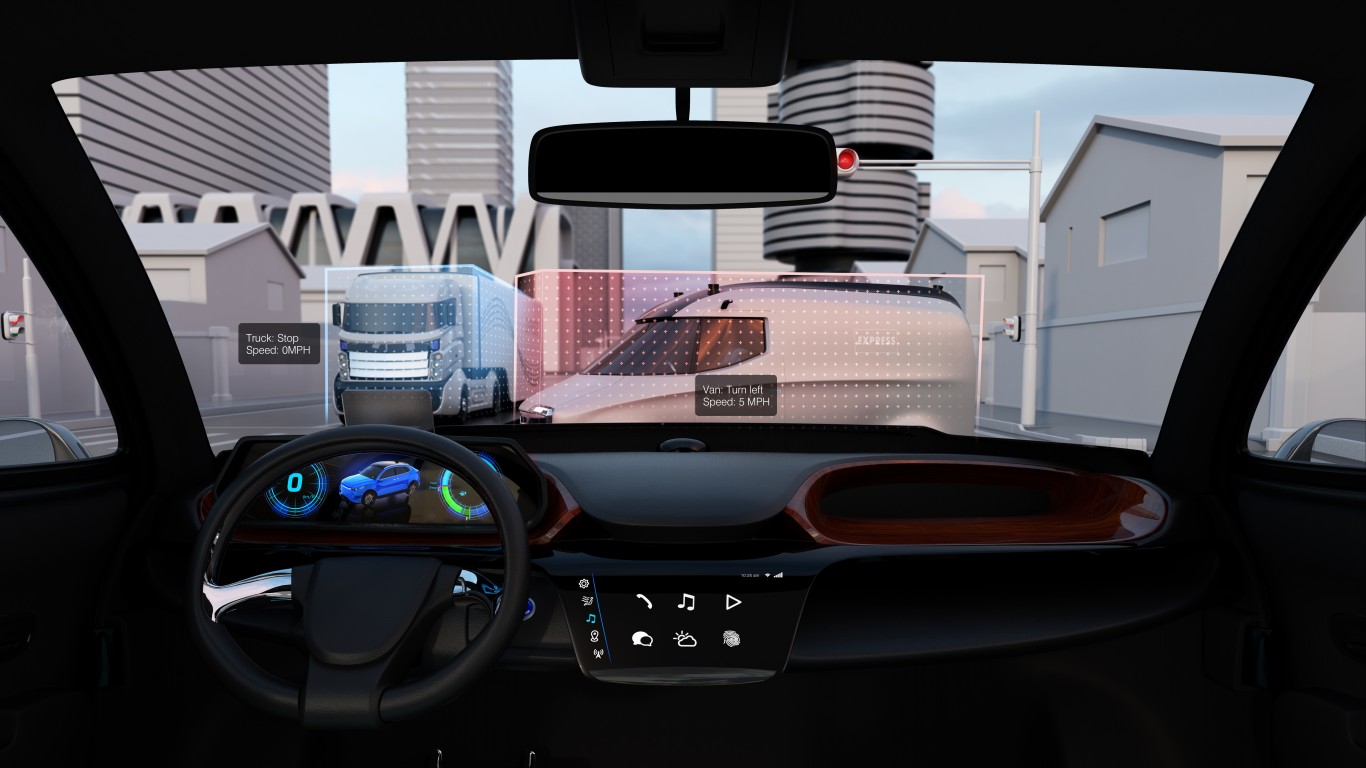
1. AR-enabled windshields
Automakers, including BMW, General Motors, and Toyota, have released 2019 cars with heads-up display (HUD) technology, giving drivers information such as speed and driving directions by turning a portion of the windshield above the instrument control panel into a display screen. Today’s HUD, however, may soon be overtaken by windshields enabled with augmented reality technology that can display information over the entire area of the glass, outlining road hazards, pointing out open parking spaces, or even suggesting areas of interest as you drive.
[in-text-ad]
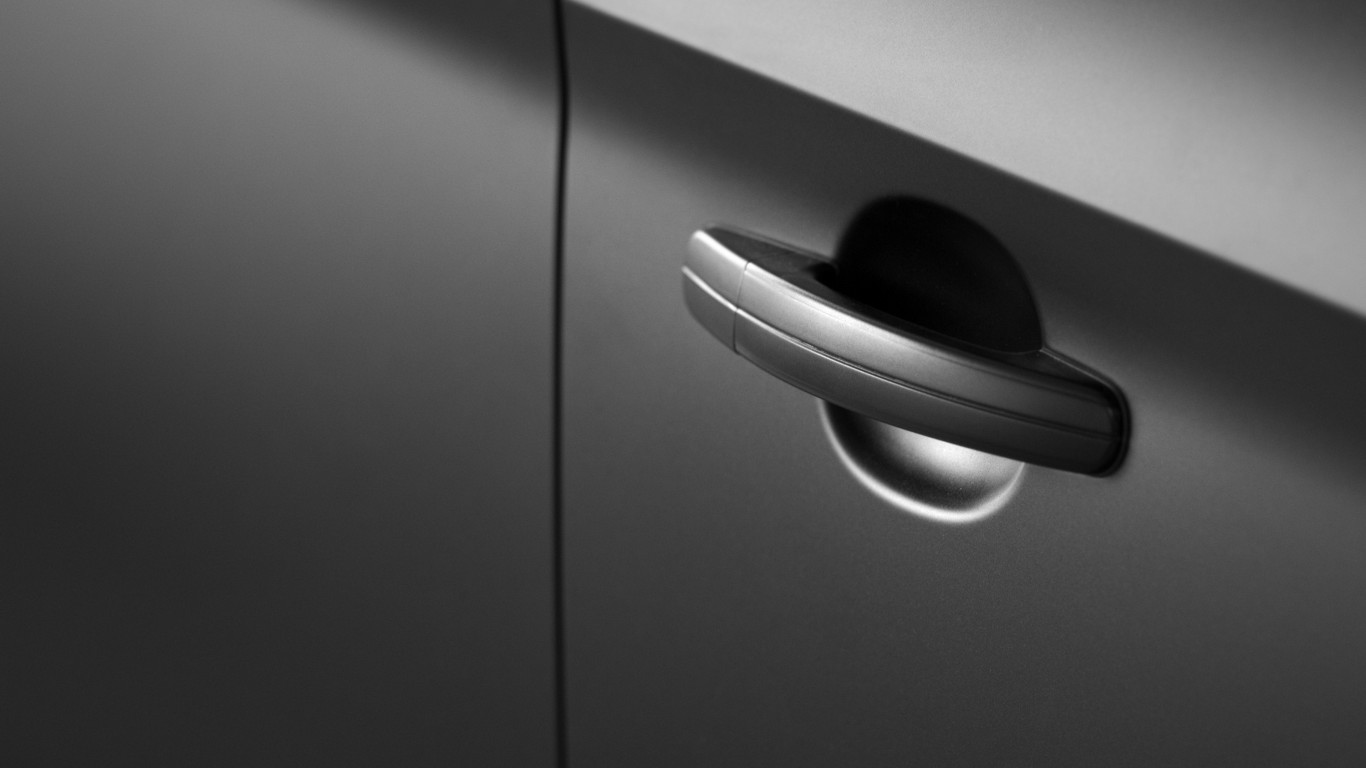
2. Battery-infused body panels
Electric cars are rapidly becoming more viable as battery technology catches up with consumer expectations in terms of access to charging points and driving distances. A few years ago, Volvo developed a material using carbon fiber and supercapacitors, which act like batteries, to build lightweight, sturdy car panels like hoods, doors, and roofs, which can store and discharge electricity. If costs can be reduced and the technology is deemed safe, cars in the near future may draw power from their panels.

3. Biometric controls
Keys have been replaced by fobs and vehicle ignition buttons, but many of these systems are vulnerable to wireless hacking. Now, automakers are looking to biometrics to resolve the issue, with some experts saying that within two to four years fingerprint scanning — the technology commonly used to access a smartphone or to cash checks at the bank — will replace fobs in new cars. Some companies are also exploring iris scanning and facial recognition as ways for cars to recognize authorized drivers and even automatically personalize driver settings, like steering wheel and mirror positions.

4. Brain-decoding technology
It sounds like science fiction, but there is considerable research into interfaces that connect brainwave activity to computers — the same technology that shows promise in helping paralyzed people communicate by using brainwaves to move a cursor on a computer screen. Nissan has been studying so-called brain to vehicle technology as a way to enhance driver performance, using headgear that tracks brainwave activity to anticipate that the driver is about to initiate a movement, such as turning the steering wheel, and perform that action more quickly. This technology could also be used to improve semi-autonomous driving by identifying a driver’s patterns and then executing them autonomously.
[in-text-ad-2]
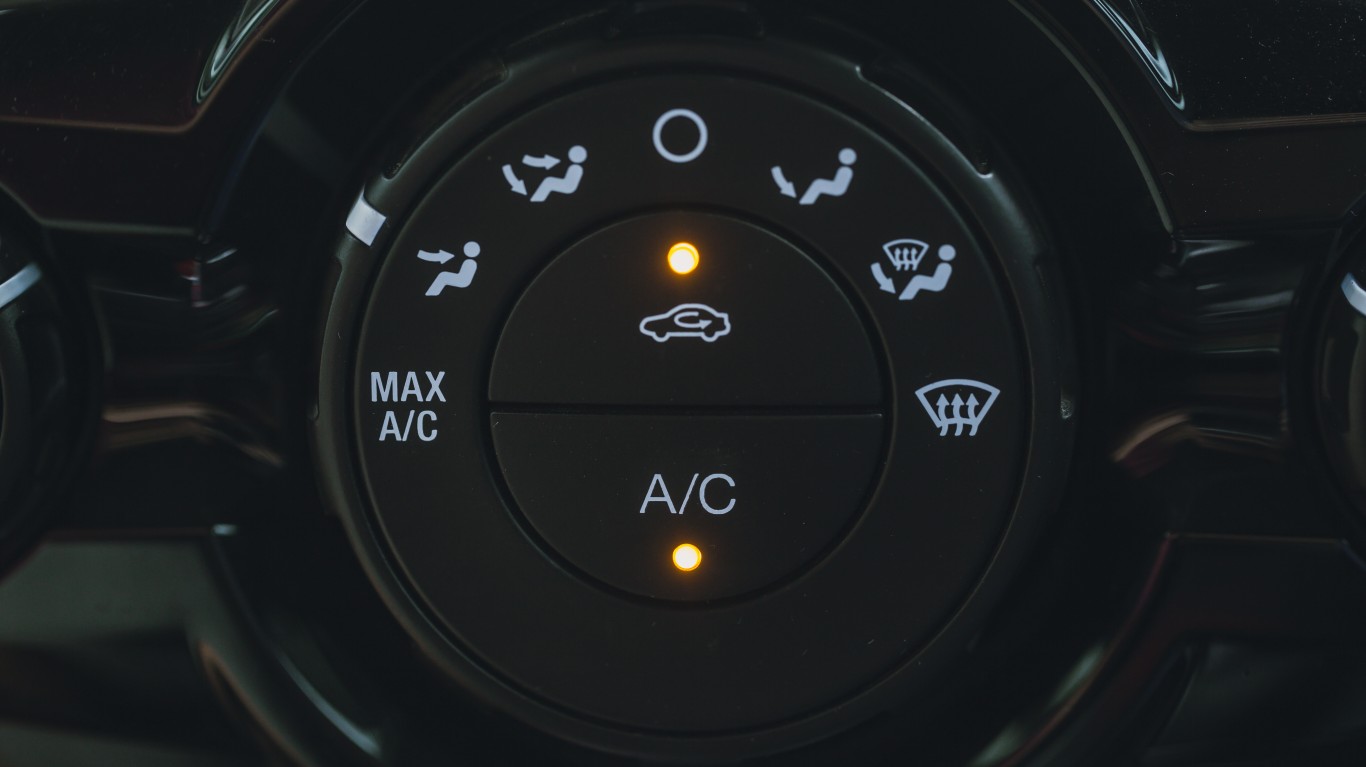
5. Emergency A/C
Tesla last year introduced a new feature called Cabin Overheat Protection that automatically activates the air conditioning system when the internal temperature exceeds 105 degrees Fahrenheit when the car is parked and turned off. The system is not perfect, and Tesla warns in its owner’s manual against leaving pets or babies unattended even with the feature activated. With an average of nearly 40 children (and many more pets) in the United States dying every year from heatstroke after being left in a vehicle, a standard monitoring and emergency climate-control system is both feasible and long overdue.

6. Parental controls
Technology that gives parents more control over the driving habits of their teenage children has started to emerge in some recent vehicles produced by General Motors, Ford, Hyundai, and Toyota. As cars become more computerized, this technology is likely to become more common, if not standard, in the near future. This technology allows parents to monitor various safety metrics, including top speed, distance driven, and the number of times the car issued a forward collision warning. Some features allow parents to set top speeds, car stereo volume limits, and even disable the car during certain set hours.
[in-text-ad]
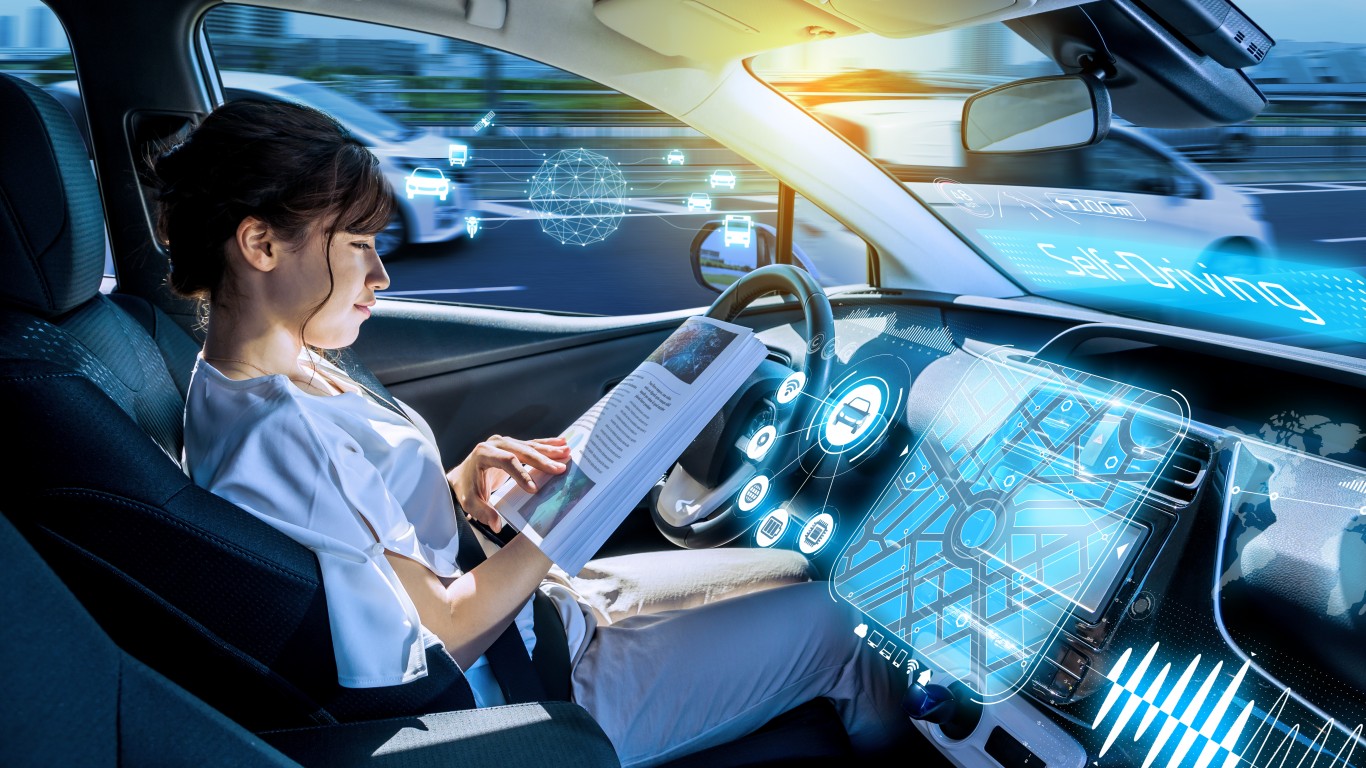
7. Partial Automation
Today, cars equipped with adaptive cruise control — a more advanced version of the standard cruise control that has been around for decades — can automatically adjust speed to maintain a safe distance from the vehicle ahead, and in some cases change lanes and engage in highway merges. This partial automation is already appearing in some high-end car models like Mercedes-Benz and Tesla. In the near future, partial automation will no doubt become more standard in cars more people can afford.
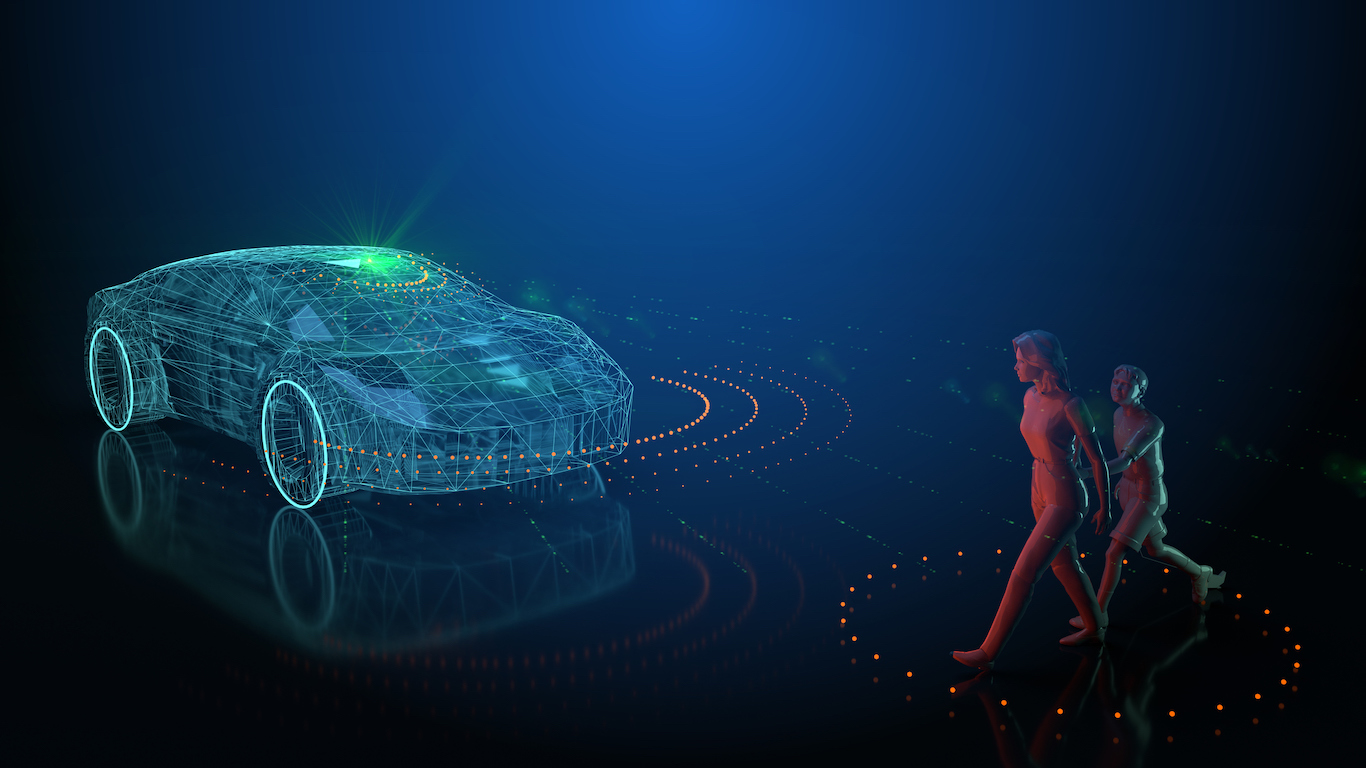
8. Pedestrian/cyclist detection
Crash avoidance systems are becoming commonplace, in part because some of the world’s largest automakers agreed in 2015 to make automatic emergency braking standard in their vehicles. Technology like AEB and forward-collision warning systems have proven to reduce accidents. But these and other features are focused mainly on protecting drivers and passengers. Systems that use cameras and radars specifically to protect pedestrians and cyclists is the next obvious step. German supplier Bosch has developed one such system that can detect pedestrians or cyclists within a 20-meter (66-foot) radius and rapidly deploy emergency braking if it detects that a collision is imminent.
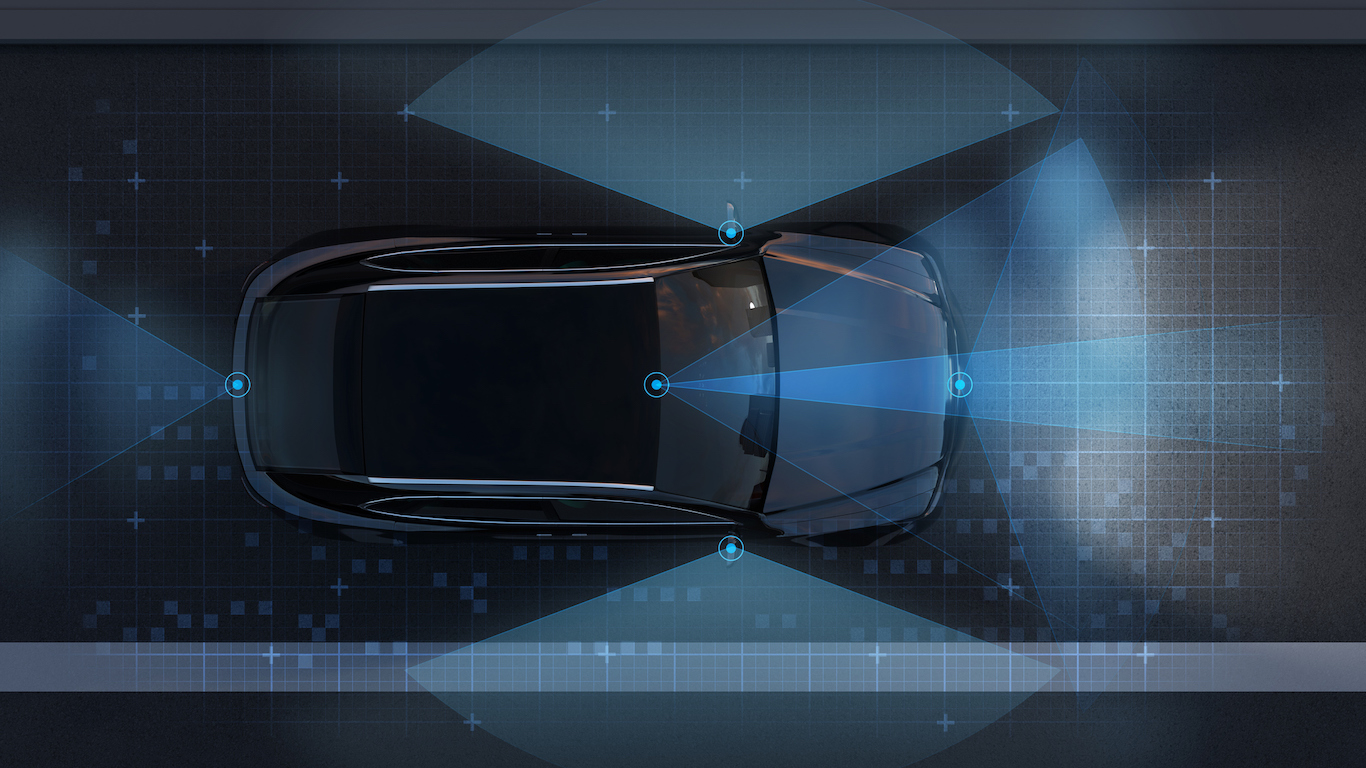
9. Side cameras
You see them on concept cars at auto shows, but they do not have the regulatory approval (yet) to be used on the road. Still, the days of vehicle side mirrors are waning, much to the relief of car designers who have always viewed them as a necessary but intrusive design elements. Small cameras can and will replace these side mirrors, projecting their images onto a dashboard or screen or HUD display, allowing drivers to more easily see their blind spots. The technology exists but awaits government regulators to set the standards.
[in-text-ad-2]
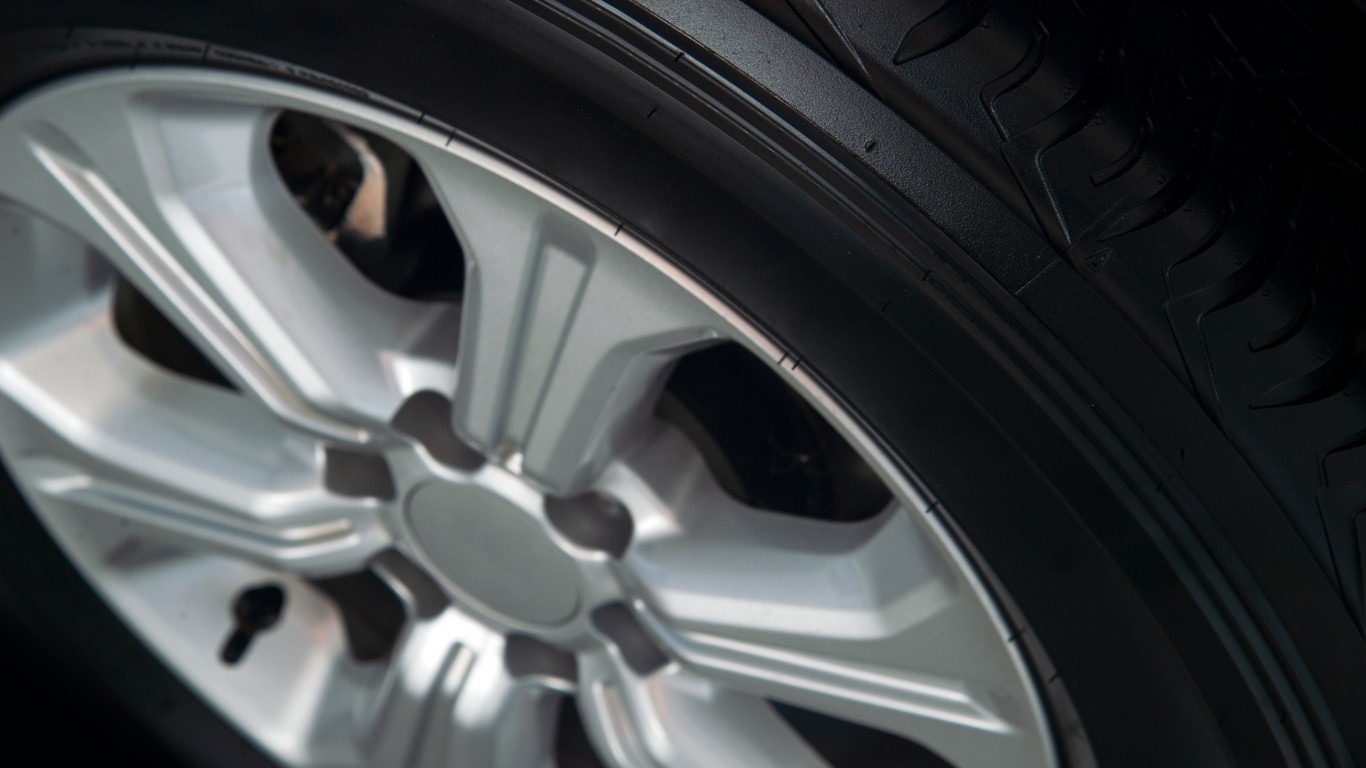
10. Smart tires
Most innovations in tire technology are perhaps less obvious for the average driver who sees only a chunk of inflatable rubber that costs a few hundred dollars to replace every few years. Manufacturers are constantly tweaking tires in largely unnoticed ways to reduce rolling resistance (which improves fuel economy) and noise while maintaining necessary traction. But the tires of the near future will become connected to the vehicle with integrated sensors that will take current tire-pressure sensor technology to the next level, giving drivers more information about the tires like tread wear and tire temperature.
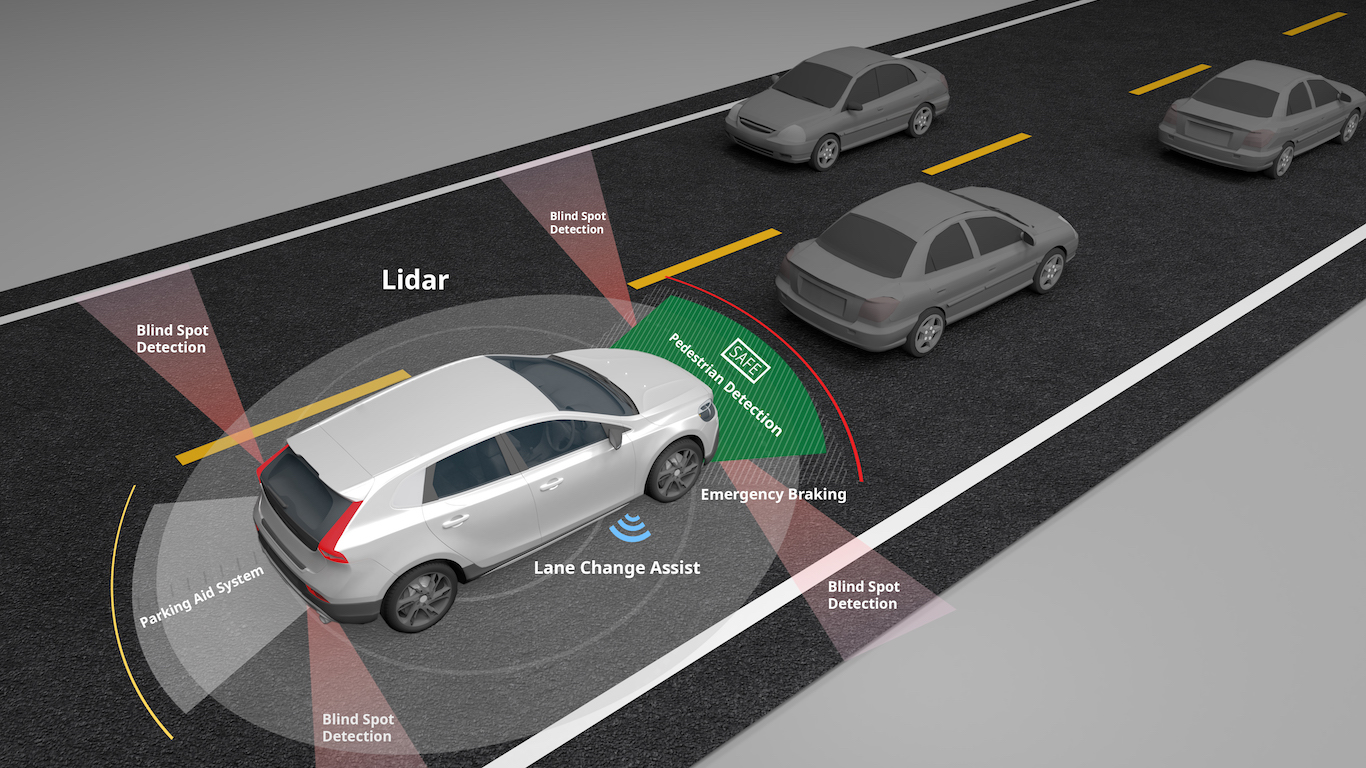
11. Solid-state lidar
Self-driving cars will play a major role in the future of mobility, but cars operated by humans are still going to be around for the foreseeable future. One technology that would help humans and robots alike is low-cost solid-state lidar sensors. Lidar, which stands for Light Detection and Ranging, is an expensive contraption that resembles a spinning top jutting out from the top or sides of a car. It is included in prototype self-driving cars. Companies are currently working on tiny lower-cost solid state lidar sensors that could be installed like current vehicle cameras and radars.

12. Stolen vehicle tracking and shutdown
Antitheft technology has been used in the trucking industry for a while, and some automakers offer more expanded subscription-based stolen car tracking and recovery features, like GM’s OnStar system or BMW’s Assist that uses GPS tracking and remote deceleration to thwart car thieves. But so far, tracking and stopping stolen vehicles is a niche feature. As the cost of installing a system that uses both GPS tracking and remote-control drops, however, systems that allow owners to find and safely disable their stolen vehicles from their mobile phones will become more common.
[in-text-ad]
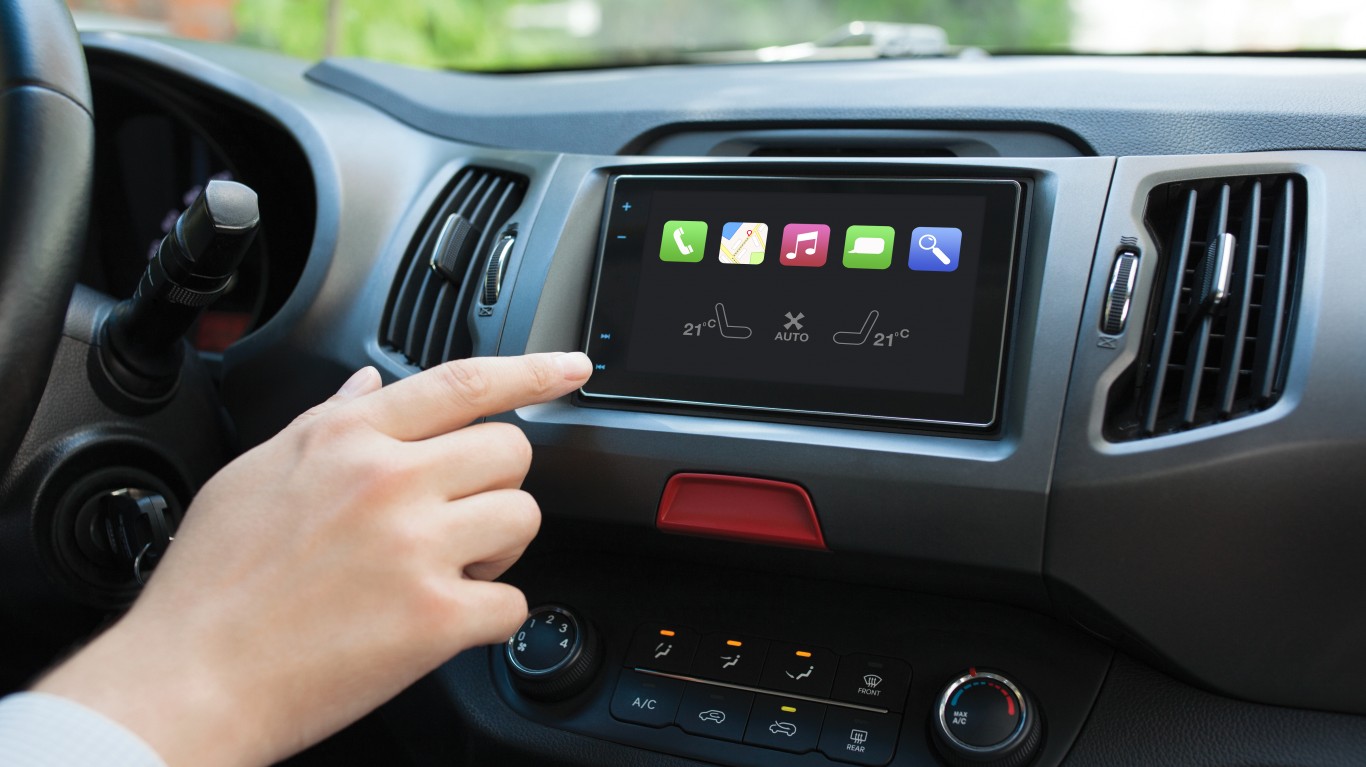
13. Tokenization
As carmakers increasingly deploy over-the-air updates to their connected cars in a world filled with hackers, they are faced with the need to make these wireless connections more secure. Tokenization, the technology that underpins chip-based debit cards, would greatly bolster wireless security to a connected car’s vital computer systems. Introducing tokenization to vehicle systems also has the potential to allow drivers to safely engage in financial transactions, such as buying and downloading an app or podcast episode, through infotainment systems.
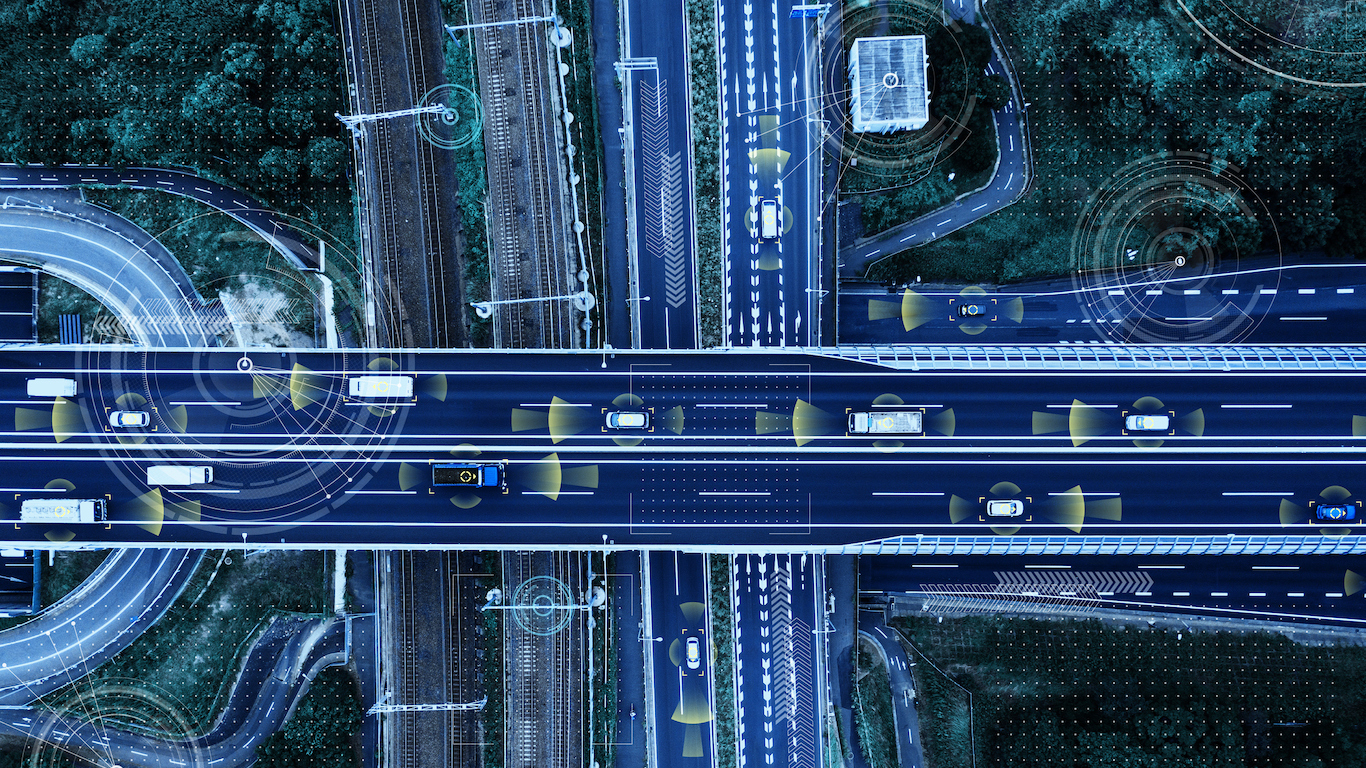
14. V2I technology
V2I stand for vehicle-to-infrastructure and refers to a connected car’s ability to transmit or receive data from the surrounding transportation environment like street lights, crosswalks, and road construction signs. Like V2V (vehicle-to-vehicle), V2I is part of the “Internet of Things” as it pertains to personal transportation. Cars that can send and receive data via radio frequencies would allow drivers to receive real-time advisories on nearby traffic congestion and construction sites, road conditions, parking zones, and upcoming stoplights.

15. Voice commands
Drivers currently rely heavily on their mobile phones for many car-related activities. They ask Alexa or Google Assistant for directions or make hands-free phone calls. But if automakers are to succeed in luring customers away from Apple and Google, they would need to provide the same level of user experience and security, including an improved and expanded voice command system that can do more and understand more than what current systems can handle.
Want retirement to come a few years earlier than you’d planned? Or are you ready to retire now, but want an extra set of eyes on your finances?
Now you can speak with up to 3 financial experts in your area for FREE. By simply clicking here you can begin to match with financial professionals who can help you build your plan to retire early. And the best part? The first conversation with them is free.
Click here to match with up to 3 financial pros who would be excited to help you make financial decisions.
Have questions about retirement or personal finance? Email us at [email protected]!
By emailing your questions to 24/7 Wall St., you agree to have them published anonymously on a673b.bigscoots-temp.com.
By submitting your story, you understand and agree that we may use your story, or versions of it, in all media and platforms, including via third parties.
Thank you for reading! Have some feedback for us?
Contact the 24/7 Wall St. editorial team.